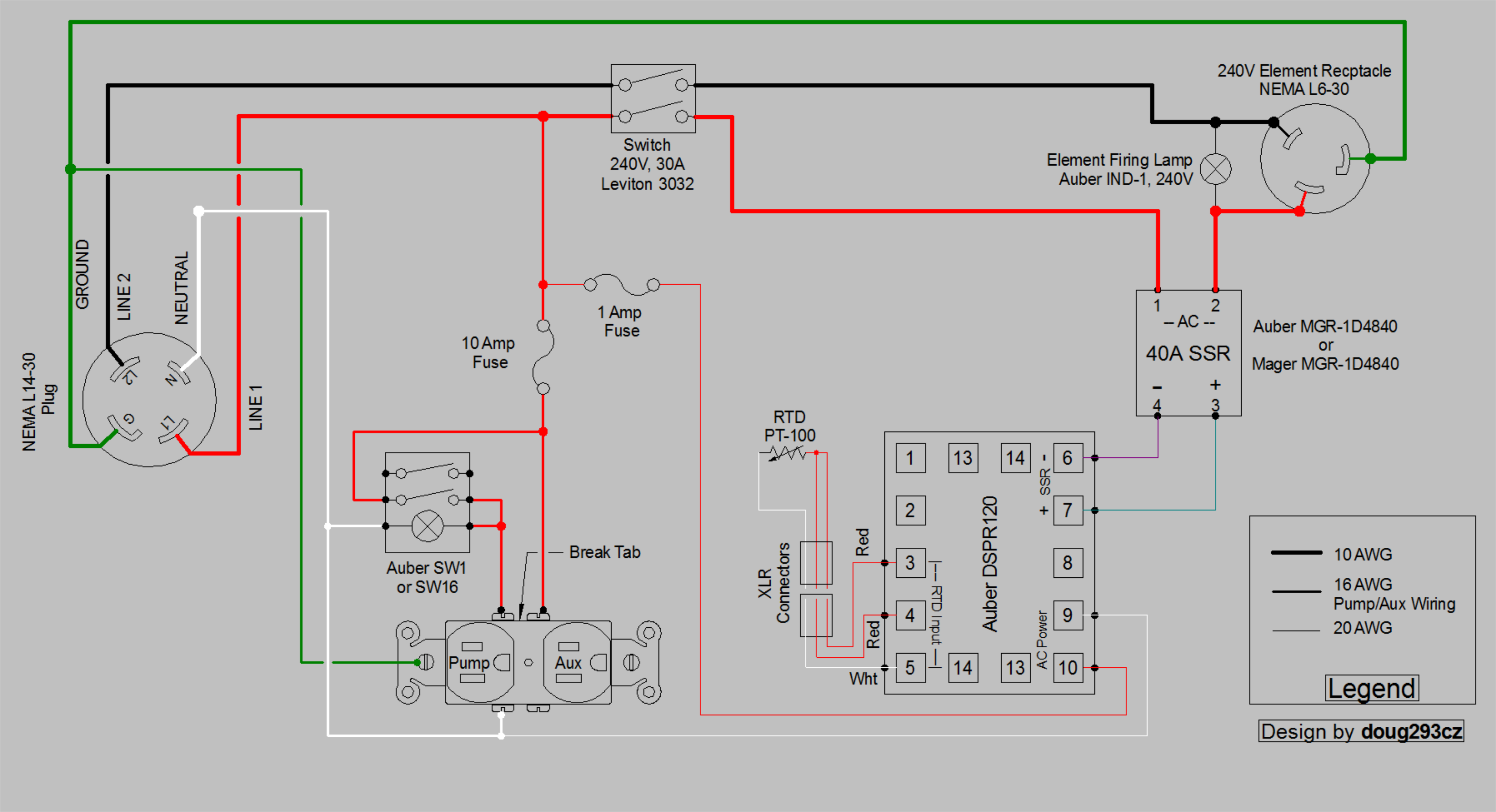Hi - I am putting together a 240V system with a 5500W element. I have a 240V/60A outlet and intend to add a control box between that and a socket for a Brew Commander to control the brew, pumps etc. I know that the Brew Commander has an ‘Element On’ in the screen but I like the idea of a large red lamp as on the dedicated Electric Brewery, Spike or other PID based control panels. The control box will also have an ‘Emergency Stop’ button and maybe a power meter in it too.
So my question is, has anyone made a comparator circuit that will turn on an indicator lamp when the quiescent current jumps up above say 5 Amps. That would indicate that the element is on. I can design one myself using a current transformer but someone may know of something that is commercially available or have built one and has some past experience to share.
Paul
So my question is, has anyone made a comparator circuit that will turn on an indicator lamp when the quiescent current jumps up above say 5 Amps. That would indicate that the element is on. I can design one myself using a current transformer but someone may know of something that is commercially available or have built one and has some past experience to share.
Paul






